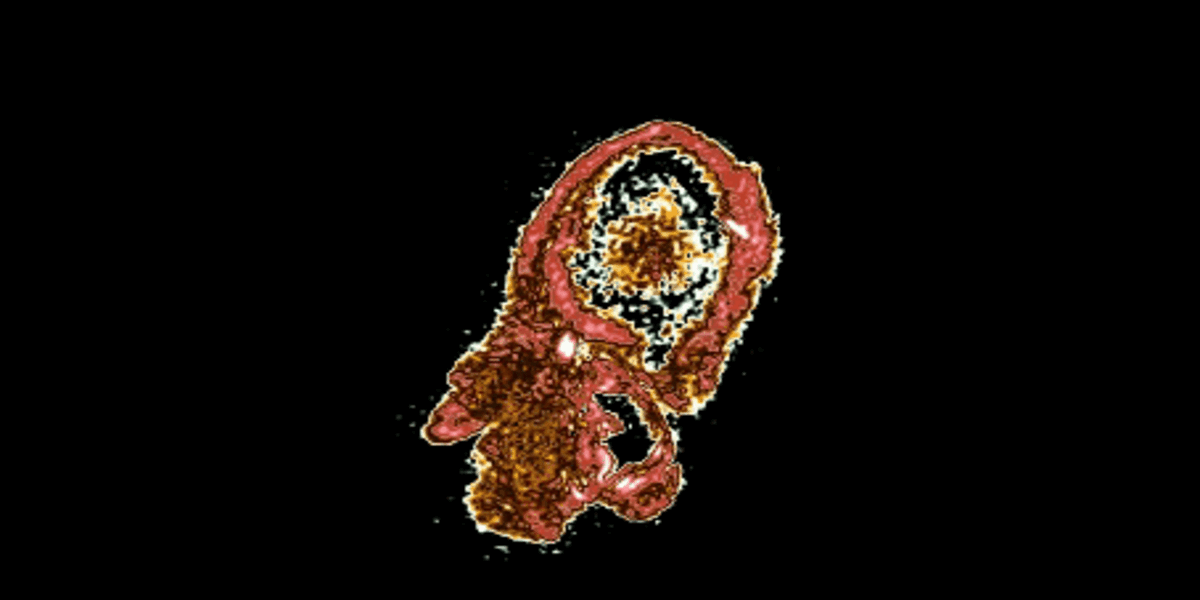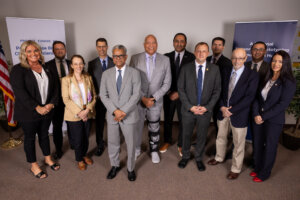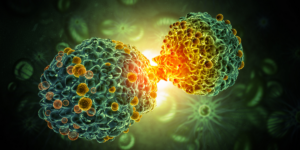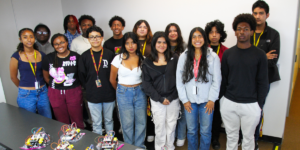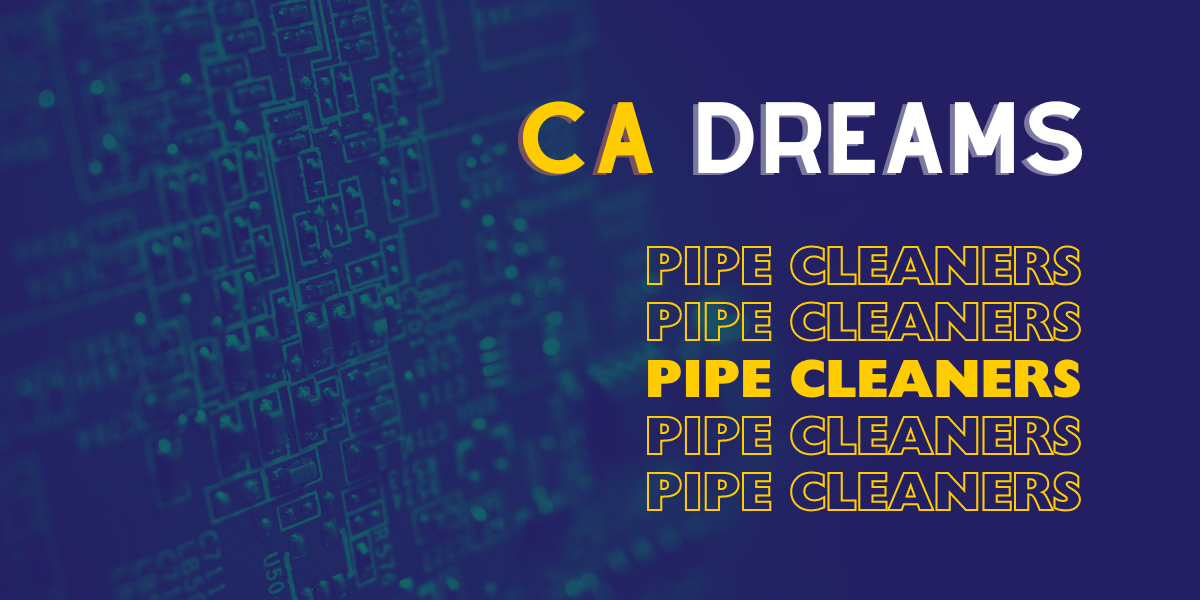
California DREAMS Pipe Cleaners
Part of the promise of the California Defense Ready Electronics and Microdevices Superhub (CA DREAMS), led by USC Viterbi’s Information Sciences Institute, is to facilitate the acceleration of breakthroughs and solutions through a lab-to-fab model — where university nanofabrication laboratories work closely with larger manufacturing facilities. The interplay between these partners is vital to the Superhub’s goals. Our series, Pipe Cleaners, demonstrates those collaborations.
Northrop Grumman technical fellow Aaron Oki often searches for a backup plan for sourcing each part, chemical or material necessary to produce many of the microelectronics technologies under his purview.
“Supply chain disruptions are a concern,” he said. “You always want a secondary source for everything. We use a lot of different materials and chemicals for microelectronics technologies, and we’re always interested in those second sources so you can be prepared for any issues that might arise.”
Troubleshooting for secondary source materials can often be time and labor intensive, taking up to a year to solve. In an early Pipe Cleaner project, Oki’s team was able to partner with staff at the University of California, San Diego’s Nano3 to develop a new secondary material for a reentrant photoresist process. The promising result took months off their normal timeline and is now in the final testing phases at Northrop Grumman.
“It is extremely helpful to have access to universities with different experiences, materials and chemicals,” Oki said. “It’s really saved us a lot of time and effort to be able to tap into their expertise.”
Lab-to-fab speed
This collaboration began last fall. DREAMS hosted its partners in a setting where industry representatives like Oki were encouraged to outline their specific needs. Oki said he didn’t expect much from the meeting, but a week later he was contacted by Fubo Rao, technical director of Nano3. Rao and his team had been working diligently on Oki’s secondary source issue.
“I sort of volunteered to take on that challenge,” Rao said. “It’s within what Nano3 does — part of the processing and development. And my team, we do this all the time. As a Pipe Cleaner, we could provide a faster turnaround time.”
Rao shared what his team had come up with, and Oki and his team worked with them to refine the idea. The reentrant photoresist process is a key approach for interconnect metallization patterning through a metal lift-off process. Rao said to think of the compound semiconductor as a housing construction project. In the past, you might just need to connect two floors. Now breakthroughs are allowing for 10-floor houses, but you still need to connect the electricity from the top floor through to the bottom. “And you need a thicker than normal photoresist to make that possible,” he said.
A better way to work together
The working agreements already in place at California DREAMS allowed Northrop Grumman to leverage the nimbleness of the smaller nanofabrication laboratory at UCSD. Normally this would take a lot of paperwork and time. Instead, UCSD was able to get started right away and come up with a testable solution in months.
“The big difference is time,” Rao said. “What they could do in a year, we might be able to help finish in two months. The DREAMS hub facilitated this kind of connection. We are happy to be able to provide our resources for them.”
Rao said it was also useful for his staff to understand the needs of an industry partner like Northrop Grumman. “It opens our staff’s eyes about what the world needs,” he said. “Quite a bit of research doesn’t go anywhere. The way to do research and the way to do production is a completely different mindset. Going forward, I hope that we and Northrop Grumman can have a long-term collaboration to tackle future challenges.”
Oki has been in the microelectronics industry for 38 years, but he said this new ability to collaborate across university partners within the DREAMS framework is a gamechanger.
“The hub partners can all work together to help each other continue to advance microelectronics,” he added. “At least for us, that has been a huge push and an exciting part of this effort. The DREAMS hub has a lot of diverse capabilities and experiences, each one working on different developments. So, if we have a need, we can mention it, and someone may have a solution. Now it’s easy for us to connect with them.”
And for DREAMS, those connections should continue spurring progress toward its goals in the semiconductor and microelectronics field for years to come.
Published on October 15th, 2024
Last updated on May 3rd, 2025




